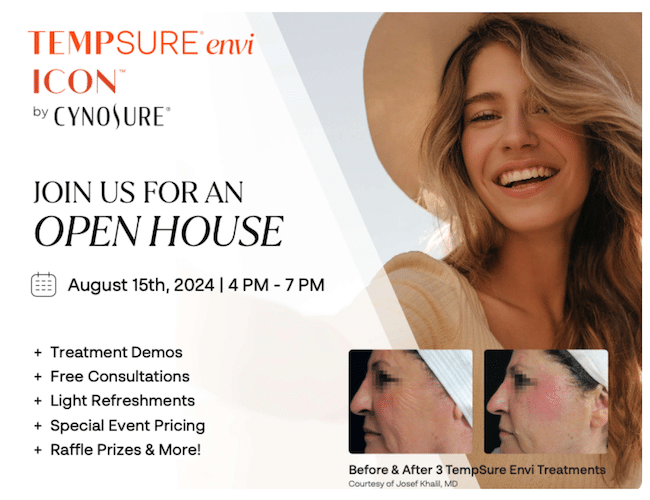Macular Degeneration Treatments in Nashville
What is Age-Related Macular Degeneration (AMD)?
Age-related macular degeneration (AMD) is an eye disease that can blur your central vision. AMD is the leading cause of blindness in men and women over age 50. It happens when aging causes damage to the macula, which is the part of the eye that controls sharp, straight-ahead vision. The macula is part of the retina and has a high concentration of photoreceptor cells that detect light.
AMD doesn’t cause complete blindness, but losing your central vision can make it harder to see faces, read, drive, or do close-up work like cooking or fixing things around the house. AMD happens very slowly in some people and faster in others. If you have early AMD, you may not notice vision loss for a long time. It’s very important to catch AMD as early as possible. That’s why it’s important to get regular eye exams from Dr. Connie James, one of the best optometrists in Nasvhille. If you are concerned and want to be evaluated, contact Music City Optical or schedule your appointment online.
AMD Risk Factors
- Age is the biggest risk factor for AMD
- A genetic predisposition and family history of AMD.
- Smoking
- Race. Light-skinned Caucasians are at higher risk
- Unhealthy diet and lifestyle
- Cardiovascular disease
- Prolonged sun exposure
How can I reduce my risk of developing AMD?
It’s important to have the health of your retina examined by an optometrist, and the best way to do this is by having periodic comprehensive eye exams. Take care of your overall health. Quit smoking, exercise regularly, maintain a healthy weight, and control your blood pressure and cholesterol. Limit foods high in saturated fats such as meat, butter, and cheese. Eat a heart-healthy diet full of vegetables, fruits, whole grains, and eye-related nutritional supplements. Use sun protection for your eyes, such as wearing hats and sunglasses.
How Does an Eye Doctor Diagnose Macular Degeneration?
To diagnose age-related Macular Degeneration, our Nashville eye doctor will examine the back of your eye. Your eye doctor will put drops in your eyes to dilate them and use a special instrument to examine the back of your eye. He or she will look for fluid, blood, or a mottled appearance that’s caused by drusen. People with macular degeneration often have many drusen, yellow deposits that form under the retina.
Test for defects in the center of your vision. During an eye exam, your optometrist may use an Amsler grid to test for defects in your central vision. If you have macular degeneration, some of the straight lines in the grid will look faded, broken, or distorted.
Zeiss Clarus technology enables your doctor to see as much of the retina as possible, including the peripheral areas where the first signs of AMD are most likely to occur. The scan is non-invasive and provides cross-sectional images of the important structures of your retina. This makes it possible for your eye doctor Nashville, TN to see the subtlest, earliest changes associated with AMD.
Optical coherence tomography. This noninvasive imaging test displays detailed cross-sections of the retina. It identifies areas of thinning, thickening or swelling. This test is also used to help our optometrist in Nashville monitor how the retina responds to macular degeneration treatments.
Optical coherence tomography (OCT) angiography. This is a newer, non-invasive test that, in certain cases, allows your eye doctor to visualize unwanted blood vessels in the macula. Though still used primarily as a research tool, it’s gaining in popularity in clinics.
How is Macular Degeneration Treated
There are two types of AMD: dry and wet. Dry AMD progresses slowly over several years and is more common than Wet AMD. There is no official cure for dry AMD. Treatment may slow it down and/or keep you from losing too much of your vision.
The lifestyle changes listed above to reduce the risks of developing AMD are also important in limiting the progression of AMD. The Age-Related Eye Diseases Study (AREDS) suggests specific dietary modifications, including certain vitamins, minerals, and supplements can slow dry macular degeneration. It identified specific vitamins and minerals such as vitamin E, Lutein, Zeaxanthin, vitamin C, Zinc, and copper that can significantly reduce the risk of developing advanced dry AMD. Be sure to talk with your eye doctor before adding any nutritional supplements to your diet.
The wet type of AMD is more severe and also develops more quickly. Medications, surgery or laser therapy make help slow vision loss. For wet AMD, the doctor may refer you to a specialist regarding the following treatment options:
- Anti-angiogenesis drugs. These medications – aflibercept (Eylea), bevacizumab (Avastin), pegaptanib (Macugen), and ranibizumab (Lucentis) — block the creation of blood vessels and leaking from the vessels in your eye that cause wet macular degeneration. There has been a lot of progress made in effectively managing wet AMD with these newer medication injections. You might need to have this treatment multiple times.
- Photodynamic laser therapy. Your doctor injects a light-sensitive drug – verteporfin (Visudyne) — into your bloodstream, and it’s absorbed by the abnormal blood vessels. Your doctor then shines a laser into your eye to trigger the medication to damage those blood vessels.
- Submacular surgery. This removes abnormal blood vessels or blood.
- Retinal translocation. A procedure to destroy abnormal blood vessels under the center of your macula, where your doctor can’t use a laser beam safely. In this procedure, your doctor rotates the center of your macula away from the abnormal blood vessels to a healthy area of your retina. This keeps you from having scar tissue and more damage to your retina. Then, your doctor uses a laser to treat the abnormal blood vessels.
- Low vision aids. These are devices that have special lenses or electronic systems to create larger images of nearby things. They help people who have vision loss from macular degeneration make the most of their remaining vision.


